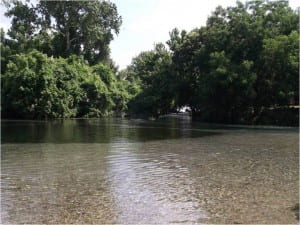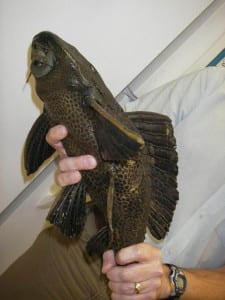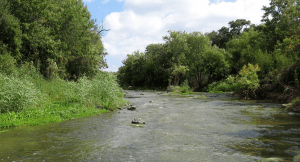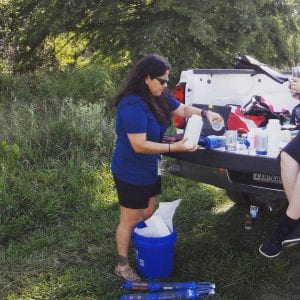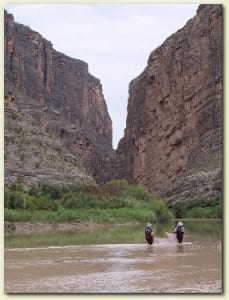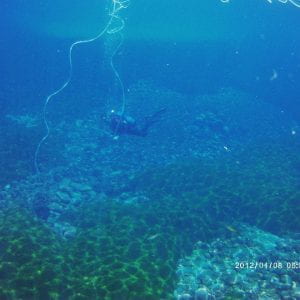Research in the lab is focused in three general areas and we currently have a variety of projects in each area.
The role of organisms in ecosystem processes
Organisms can play a fundamental role in the processing of nutrients and organic matter in ecosystems. In particular, organisms and communities can have large effects on the cycling rates, dominant forms, and fates of nutrients within ecosystems. We utilize ecological stoichiometry as a framework to understand how variation in organism nutrient content and their resources affect ecosystem-level nutrient dynamics. We are interested in the implications of conservation of native taxa and the management of non-native taxa for ecosystem-level nutrient cycling. More recently, we have become involved in research examining how organisms in subterranean ecosystems and surface-associated spring habitats affect ecosystem-level processes.
Role of bacteria in aquatic ecosystem C and nutrient dynamics
Carbon metabolism by heterotrophic bacteria is a critical process in aquatic ecosystems, contributing substantially to overall ecosystem production. In aquatic systems, C processing by bacteria involves the complex interplay of numerous factors, including land use, geomorphology, the origin of C sources, the quality and quantity of C sources, microbial activity rates, and the composition and diversity of microbial communities. Given the diverse number of factors and the potential number of interactions between them, it is difficult to determine how, and at what scale, these factors affect C cycling in aquatic ecosystems. We seek to understand the factors which influence microbial C processing and the diversity and composition of aquatic microbial communities within and across ecosystems.
The transport and fate of nutrients, organic matter, and contaminants in ecosystems
The fluxes and transport of materials within and between ecosystem types is a critical process that can affect rates of productivity, organism diversity, and contaminant levels. Our research focuses on the movement of organic matter (OM), nutrients, and contaminants within different compartments of an ecosystem and between ecosystem types (i.e., aquatic – terrestrial) and how these linkages lead to changes in stability, diversity, and contaminant bioaccumulation (especially Hg) in communities.

